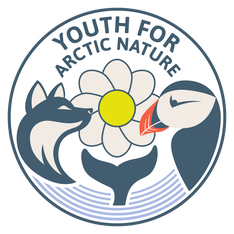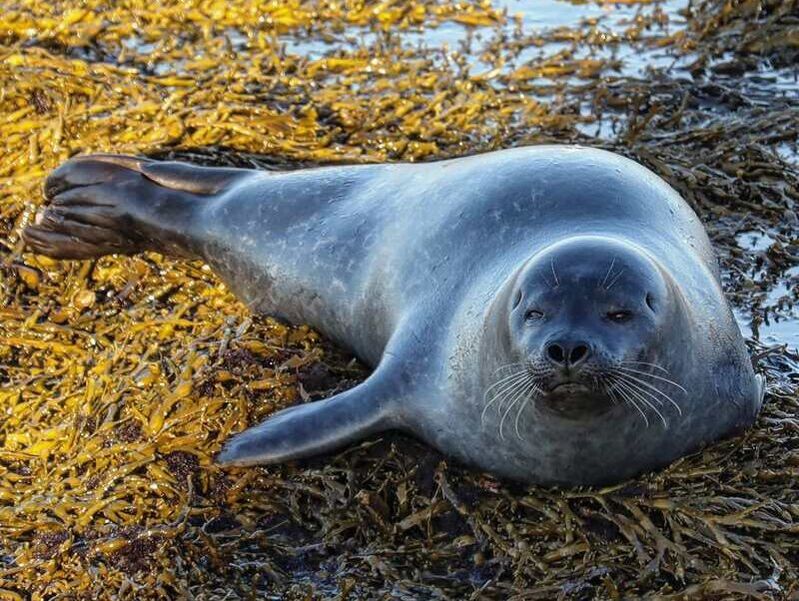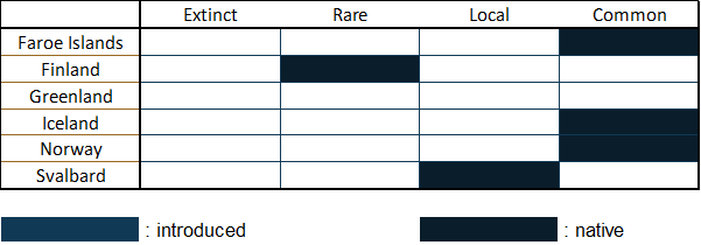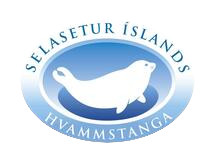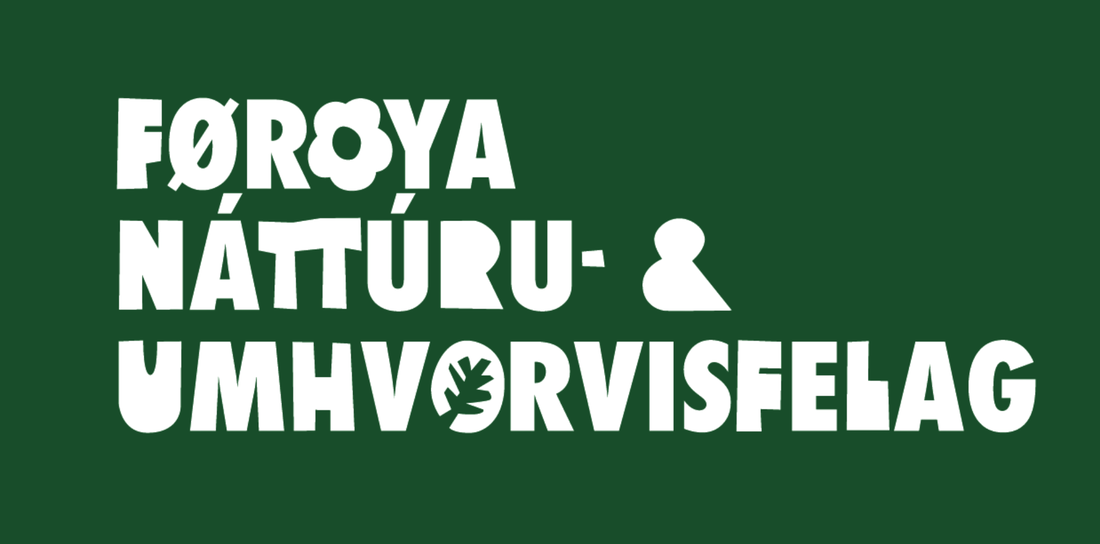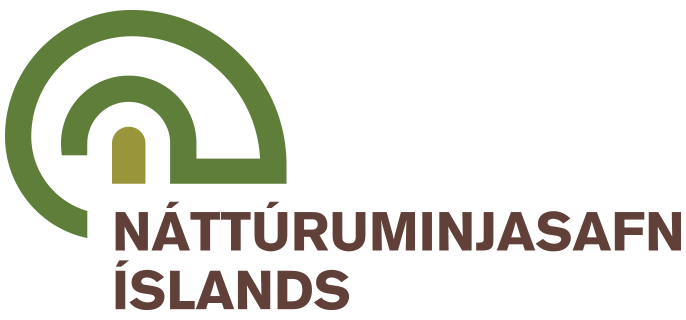|
Vulnerability: locally endangered Invasive: no Identification: difficult Monitoring: medium |
|
What is it? The harbor seal varies in color, from light brown to dark gray. Usually, the undersides are lighter than the back, where there are more dark spots. Often, females are light with darker spots, and males are dark with lighter spots. Harbor seals can grow to be 100kg, and 2 meters long. It is very difficult to distinguish males from females, although males are slightly larger than females on average. In the arctic and subarctic, adult harbor seal molt in August, which is also mating season. The pups are born in June or July in the most northern colonies. |
|
Interesting facts |
- One subspecies of harbor seal, the Ungava seal, is found in a freshwater lake! It is believed that less than a hundred Ungava seals are alive today.
- The harbor seal is listed as least concerned globally, but it is critically endangered in Iceland, the Baltic Sea, Hokkaido in Japan, and Greenland.
Pictures
- Cover picture: "Harbor Seals" by USFWS Headquarters is licensed under CC BY 2.0
References
- Harbour Seal. (2021, July). North Atlantic Marine Mammal Commission. https://nammco.no/topics/harbour-seal/
